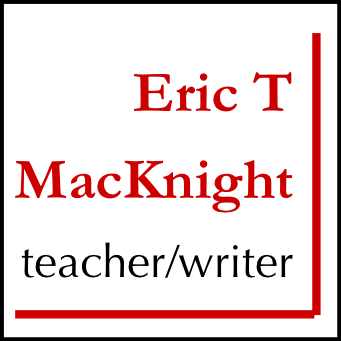I just came across this blog post by Barbara Kerley. Although aimed at people learning to write fiction, it matches exactly the advice I give to students in my literature classes, especially at the IB Diploma level, where they need to analyze how the authors’ choices and techniques produce the effects we see in the works.
Since Blogspot is blocked where I am, I will, with apologies to Ms. Kerley, reprint a big chunk of her post here so that my students can benefit from it:
Reading (Again)
Posted by Barbara Kerley
I got the nicest email the other day from a group of kids in Illinois who’d been reading my books in school. They sent questions. (And pictures! That was a treat for me to see all those smiling faces!) These kids are serious about wanting to write; they’re analyzing books they like and writing authors for advice.
One of the questions they asked was what writing exercises I’d recommend for young writers like them, and what kind of exercises I enjoyed doing.
I wrote back:
“I think one of the best things you can do as a writer is to REread other people’s books. When you read a book you like, read it again and look at how the author accomplished whatever it is s/he did so well. Satisfying ending? Well, how did s/he set that up? Exciting story? Well, what details or plot twists did s/he include? Characters you really care about? Well, how did s/he do that, specifically?”
I learned this tip years ago when I heard the wonderful author Nancy Farmer speak at a conference. She said when she was teaching herself how to write, she would read the same book three times. The first time she read it, she was so caught up in the story that she really couldn’t see how the author made it work so well. But by the third reading, she was able to step back, analyze what was going on, and learn from it.
Right. The first time you read a book, most of your attention is devoted to tracking who’s who and what’s happening. The second time you read it, you know who the characters are and what happens, so you can devote most of your attention to the details you missed the first time; you make connections you didn’t make before, and understand things better. The third time, you can really focus on the author’s choices and techniques and analyze how the story or play or poem is written.
At this point you might ask: what kind of book would I want to read three times?! Answer: a really good book. Supermarket thrillers can be read once, but after that? —there’s no reason to re-read them, because they are all plot, and once you know the plot, that’s it. A really good book, however, can be read multiple times, and each time it shows you something more and gives you more to think about. Or, as Susan Sontag wrote, “No book is worth reading once if it is not worth reading many times.”

